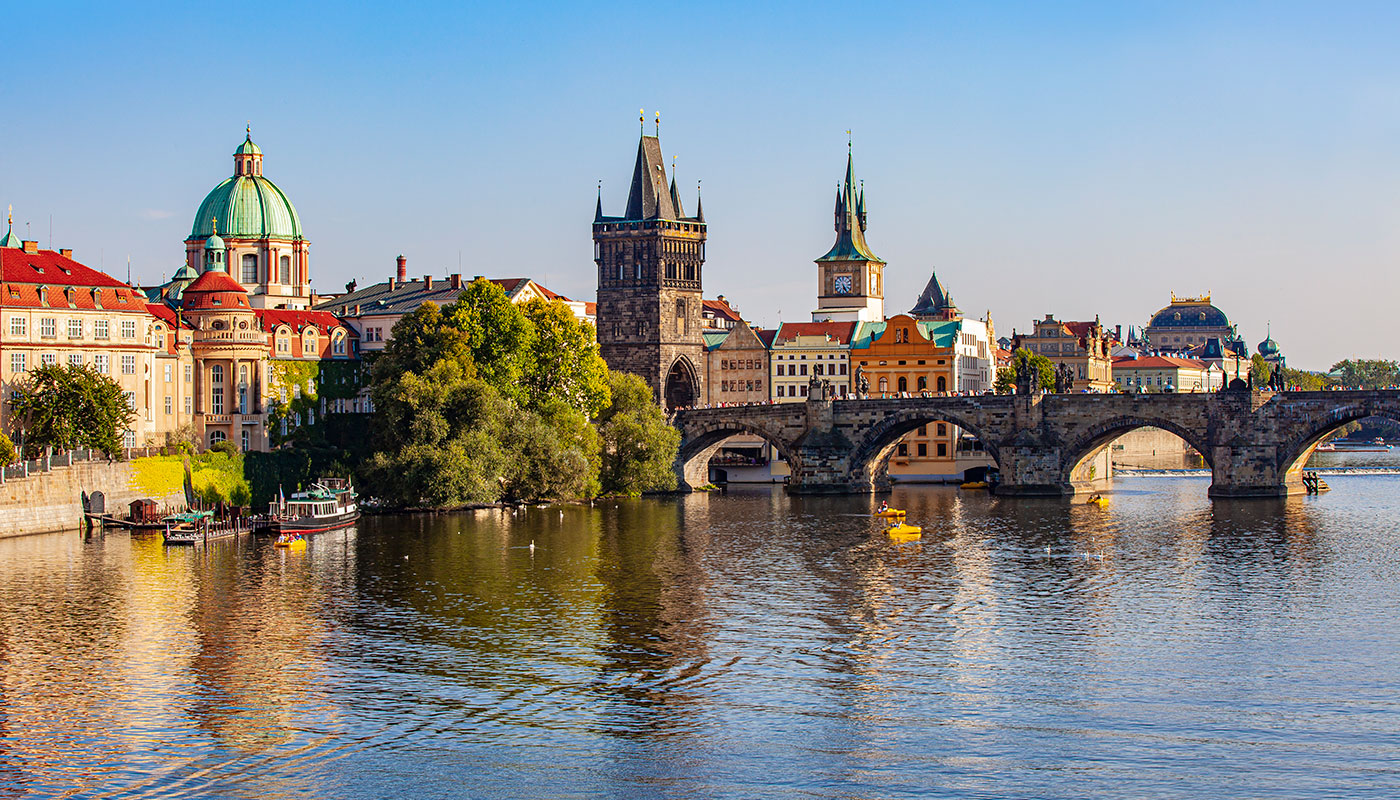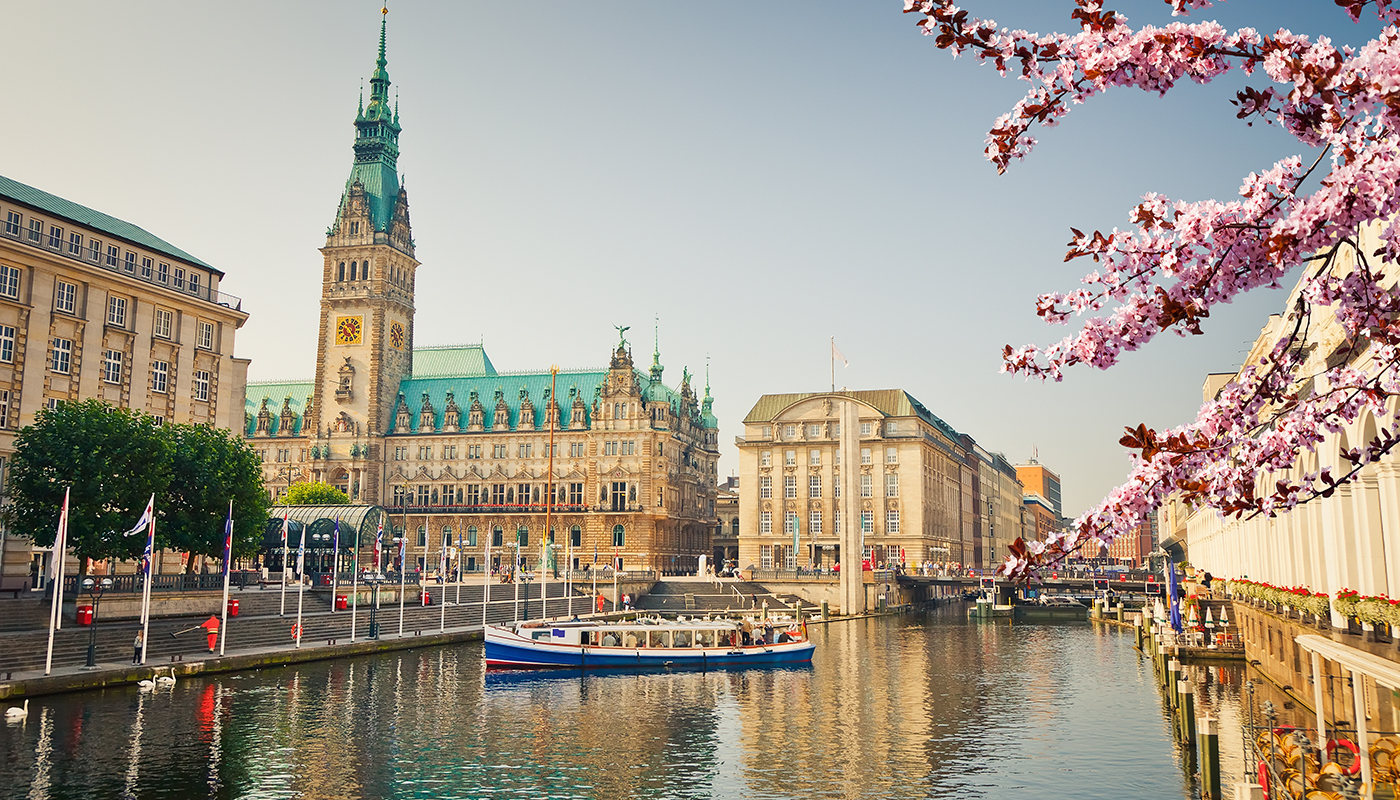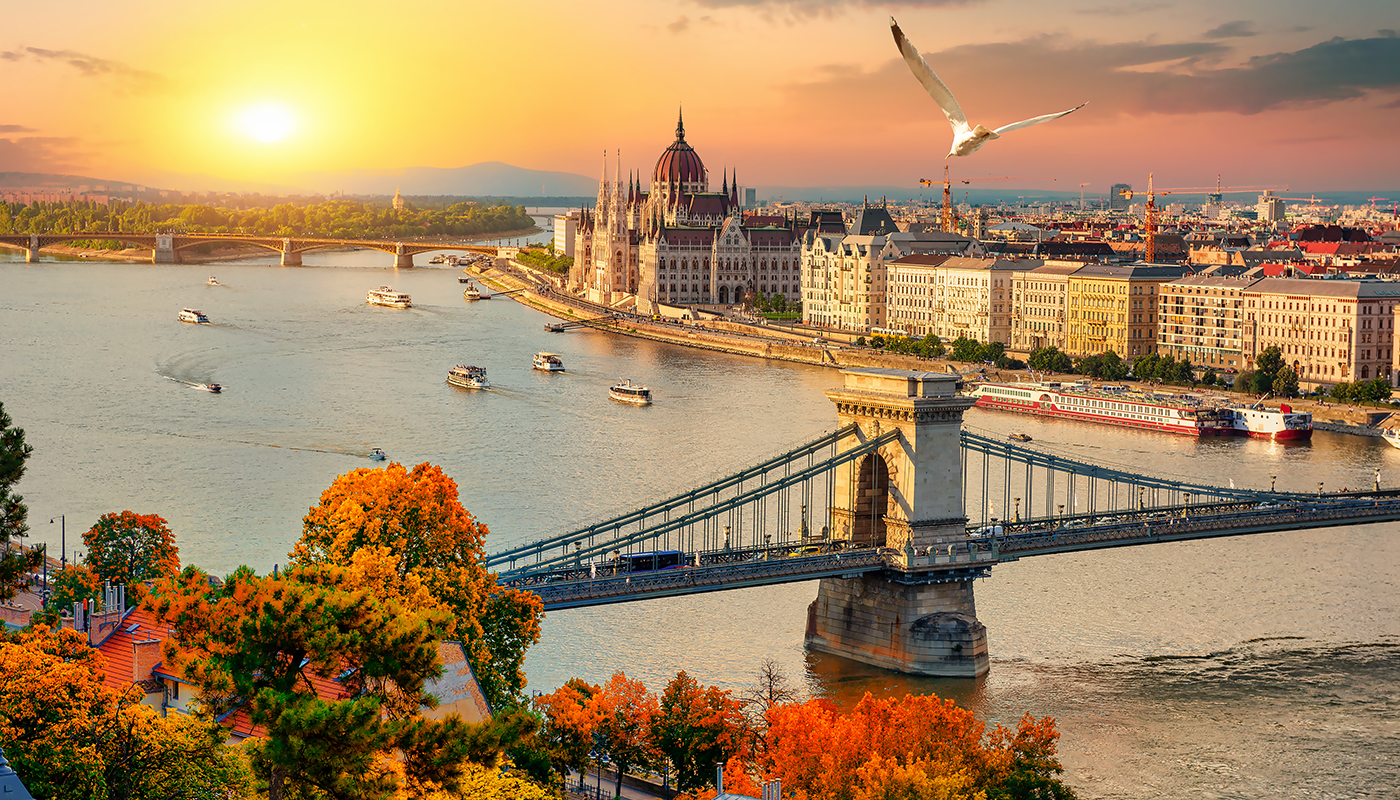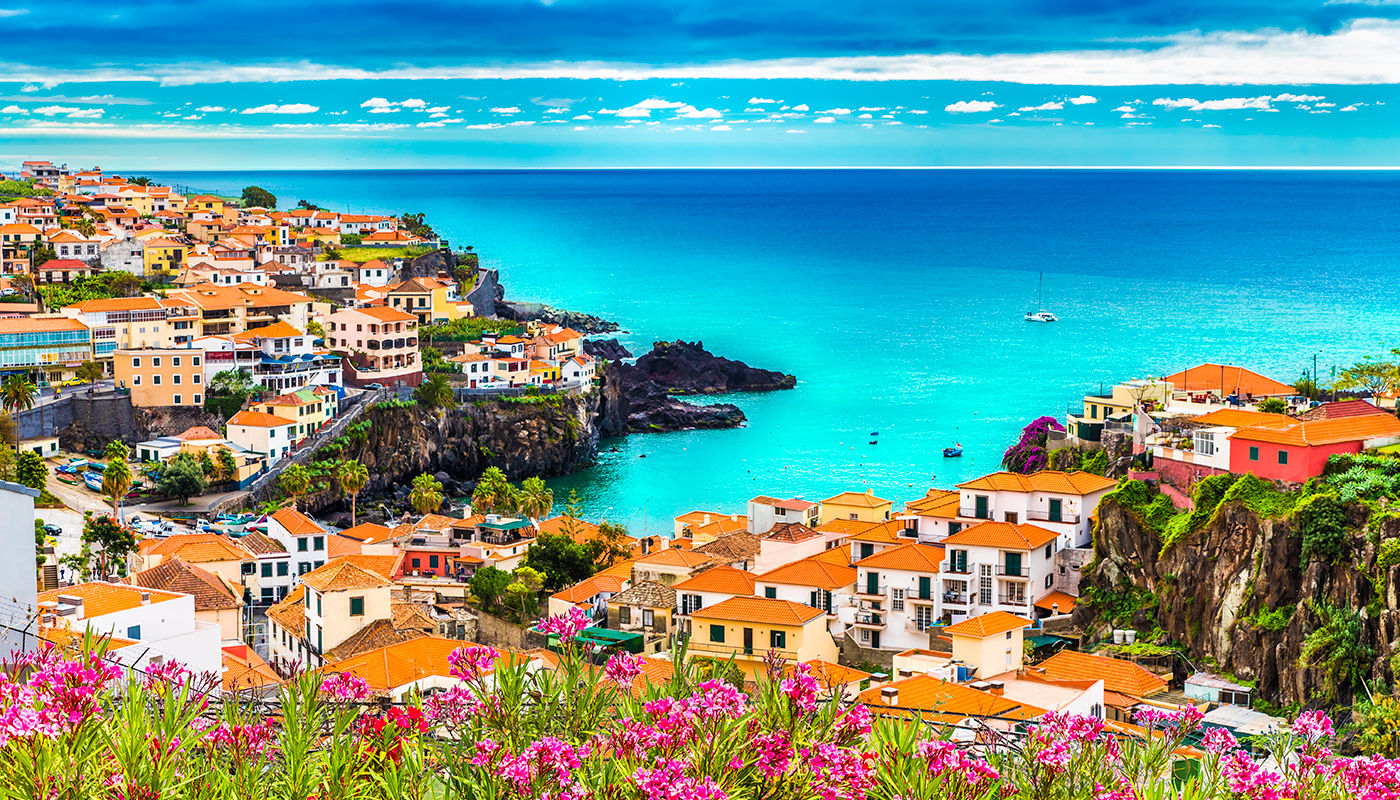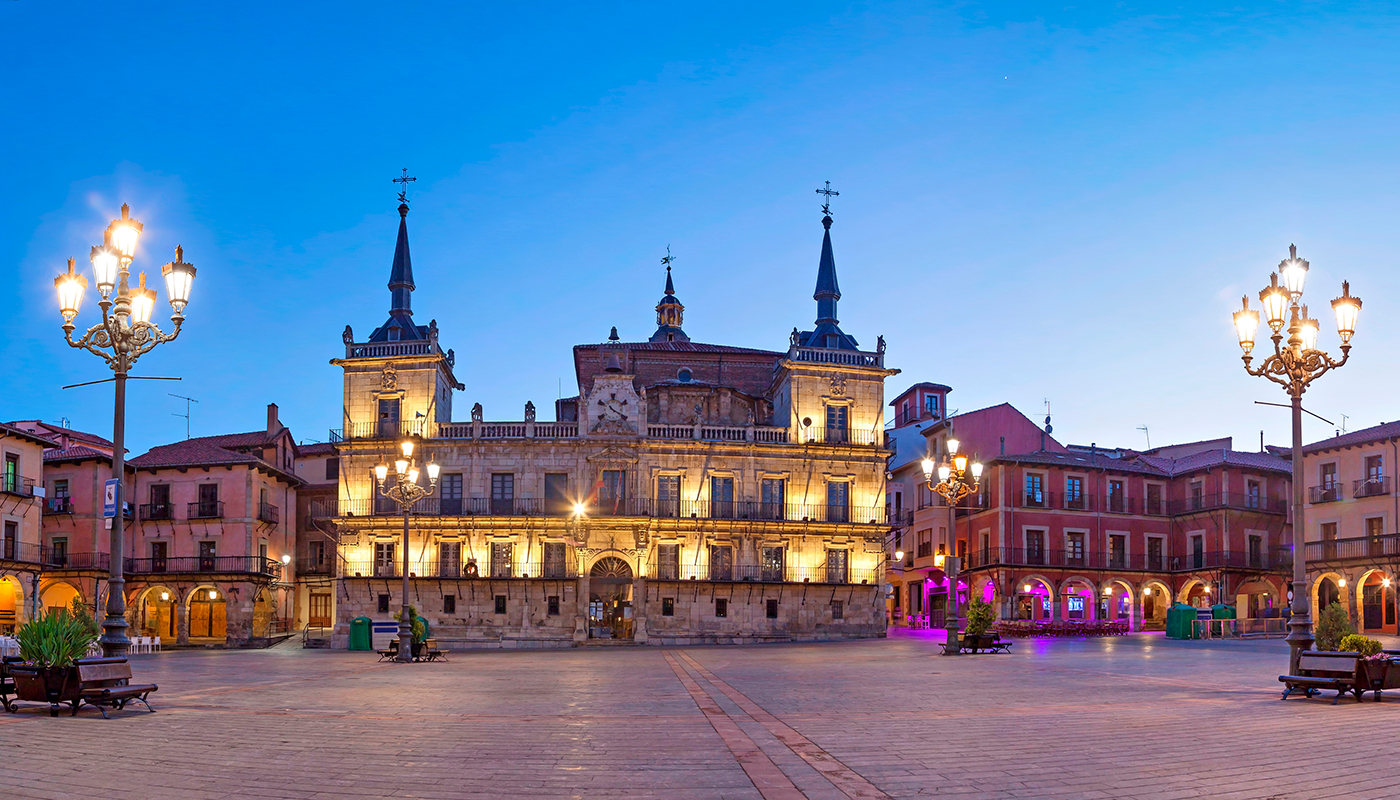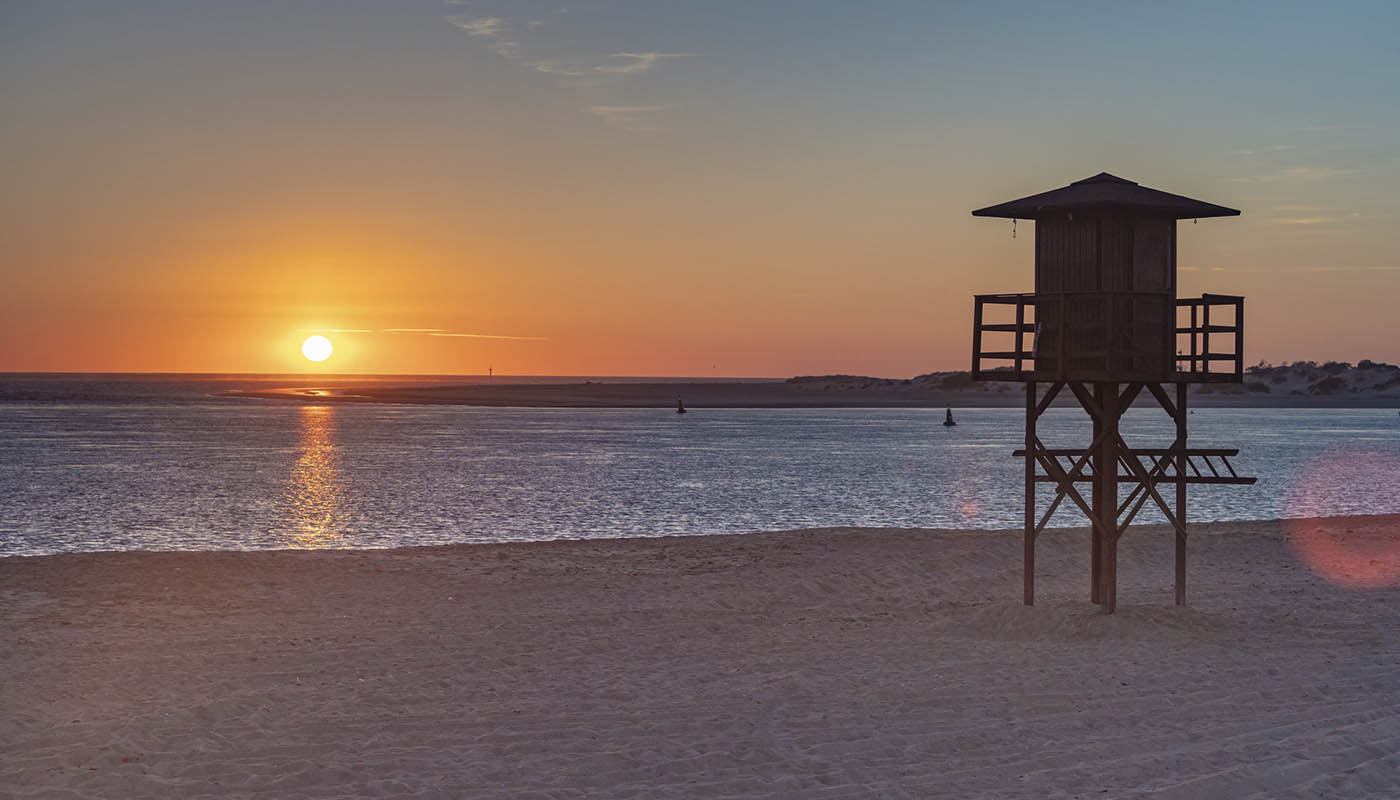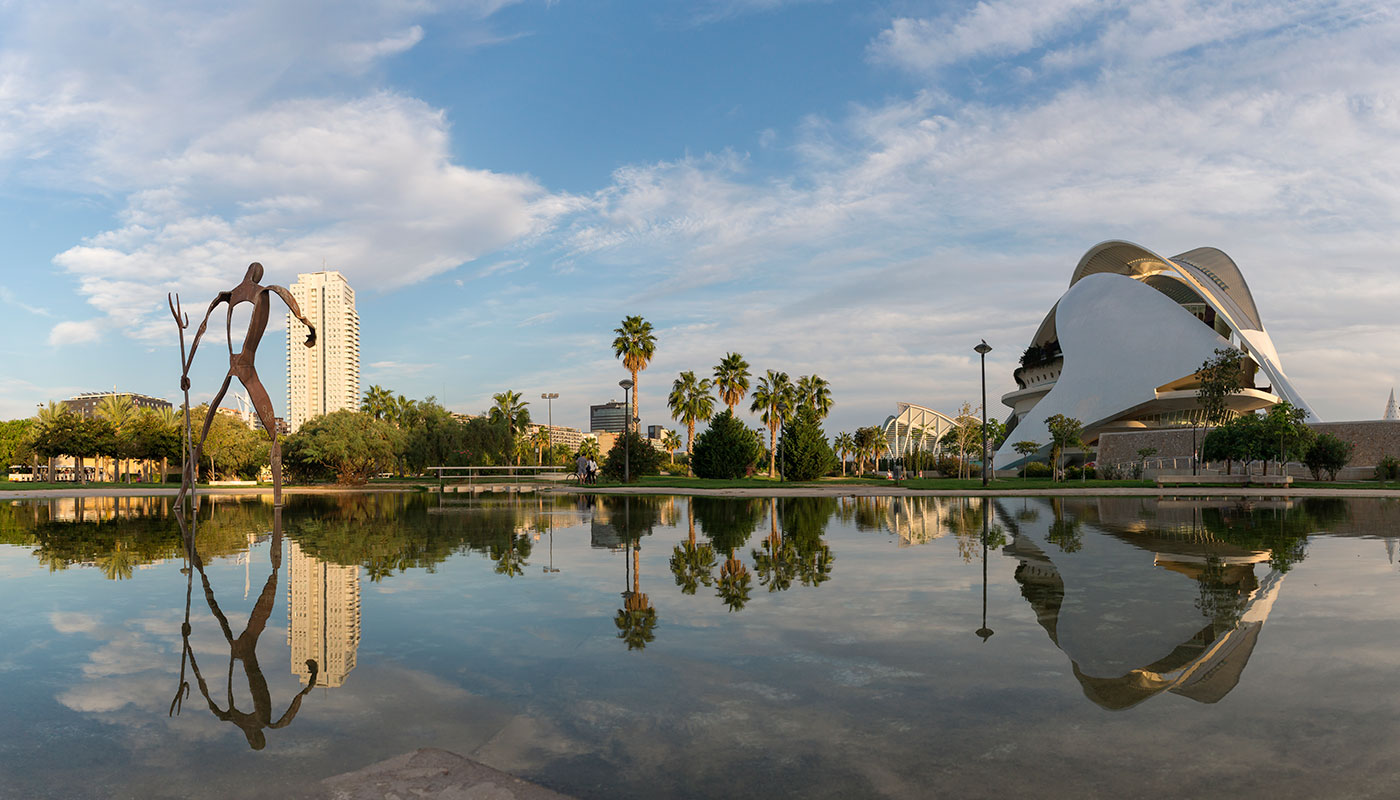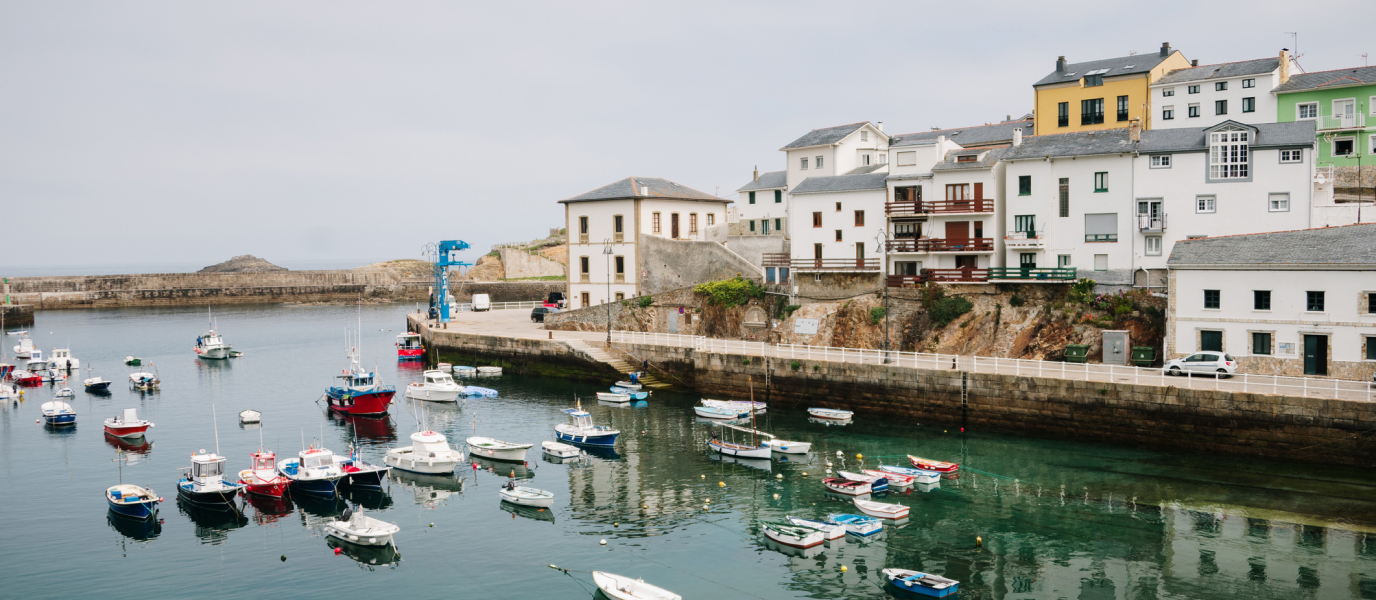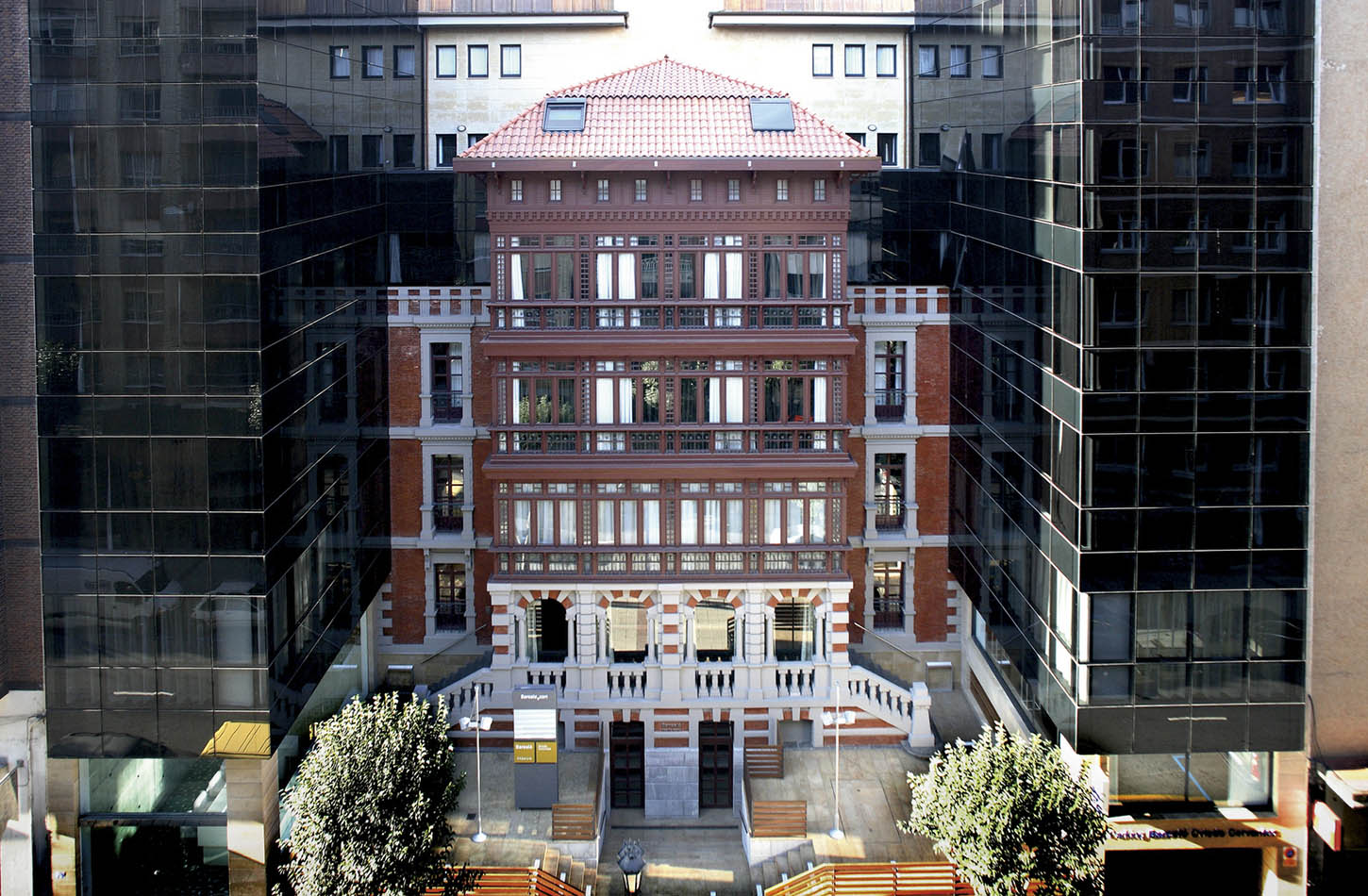The charming medieval town of Llanes sits on the edge of the Cantabrian Sea, with the majestic Picos de Europa Mountains standing guard in the background. Its stunning architectural heritage only rivals the beauty of its beaches. Llanes is one of the most attractive tourist attractions in Asturias, offering everything from delicious cuisine, to picturesque landscapes and century-old traditions. Roam the town’s medieval streets to the muffled sound of crashing waves. What are you waiting for? Come discover Llanes.
The beaches of Llanes: unmatchable beauty
It’s no secret that the municipality’s calling card is its beaches. Some of the Asturians’ favourite stretches of sand are among the 40 beaches found along the Llanes coastline. If the sun isn’t out, you can explore the Cantabrian coast’s hidden secrets; if it is, just bask in the delights the beaches of Llanes afford.
The first beach on the list is Toró Beach. Located near the town, it can be reached on foot. Unique rock formations dot the quaint sandy beach. You’ll get a gorgeous view of the Port of Llanes as you sit back in take in your surroundings. If you’re looking for an endless stretch of golden sand, then head to San Antolín Beach. This unspoilt beach is also a favourite among surfers.
You can also access Asturias’ best-kept secret, Gulpiyuri Beach, on foot. A designated natural monument and protected landscape, the beach’s unique geological formations form a secluded inland beach, bounded by rugged cliffs. Sea water reaches the beach’s shoreline by way of underground tunnels. Simply magical, you’ll be moved by this destination’s astounding beauty.
Poo Beach – don’t let the name deter you – is another beautiful spot to explore. Located about 3 km from Llanes, the beach’s calm waters are ideal for small children, especially when high tide rolls in. Torimbia Beach will transport you to paradise with its pristine aquamarine waters, framed by colossal cliffs and lush vegetation. Part of a protected area, you’ll need to leave your car in the car park and walk the last bit. A nudist beach, it is considered one of the most beautiful beaches on the Cantabrian Coast. Looking for some quality quiet time with your better half? Then, this is your spot.
Another beach worth mentioning and visiting is the untouched beach of Ballota. As you walk towards the beach, you’ll see a rugged boulder jutting through the water and verdant cliffs hugging the golden sand as rolling waves gently lap the shoreline. If the waves pick up, you’ll witness the Santa Clara Blowhole come alive, spurting water with a vengeance. Walk up to the Boriza viewpoint and let yourself be mesmerized by the awe-inspiring views.
Cuevas del Mar means ‘caves of the sea’ and, as the name implies, this beach is dotted with remarkable caves and cliffs that have been carved out by the sea over centuries. This is one of the many protected beaches you can discover in Llanes – which ones will you be visiting?
What to do in Llanes
The gorgeous beaches are not the only attractions the region has to offer, there is so much more to see and do. The town of Llanes is just one of 28 parishes making up the municipality and it houses some of the region’s most invaluable cultural landmarks and monuments. In fact, the old quarter contains several protected monuments that have been declared of cultural interest. The town was founded during the Early Middle Ages and parts of the medieval town wall remain intact. However, only one of the four town gates remains – the tower.
The 13th–century Tower of Llanes is made out of limestone and formed part of the town’s defensive wall. The Romanic-Gothic basilica of Santa María de la Asunción is another architectural gem, housing a singular Plateresque altarpiece. Don’t forget to visit Gastañaga Palace, a unique example of Gothic architecture; the Chapel Maria Magdalena; the palace of Posada Herrera; and the modernist Casino. Meander the cobblestoned streets and soak in the town’s heritage and tradition.
One of the most iconic landmarks of Llanes is Los Cubos de la Memoria, designed by the artist Agustín Ibarrola. It is one of the most important examples of public art in Spain. The giant concrete blocks lining the breakwater were painted using a variety of colours, designs and techniques that give life to new shapes and forms, depending on how the water and light come into contact with the blocks. The installation is a manifestation of the artist’s memories, of art and of the region – one well worth contemplating.
Enjoy a view of the town from above by taking a walk along the Paseo de San Pedro. The verdant path runs along the top of the cliffs, bordering the village and the port. Have your camera ready when you reach the top to take some of the most unique picturesque shots. This natural terrace offers sweeping views of the medieval town, with the Cuera Mountain Range providing a spectacular backdrop. On a clear day, you’ll be able to see the majestic Picos de Europe.
Llanes has drawn the attention of many Spanish film directors for its spectacular scenery. The Palace of Partarríu made the audience’s skin creep in the supernatural film El orfanato, while the spectacular beauty of the Pría Blowholes was forever immortalised in La Señora. Llanes offers a combination of sea, mountains, cliffs and architecture – four pillars of Asturias’ undisputable beauty that have captured the hearts of everyone who visits the region.
Eating out in Llanes
A walk along the Port of Llanes offers some wonderful sightseeing, both during the day and at night. You’ll discover the unique Cubos de Memoria, the lighthouse, and some delightful bars and restaurants. Sit down and have a glass of Asturias’ famous cider as you savour freshly-caught fish and seafood, exquisite Asturian cheese, and many other typical dishes. Some of our favourites include El Bálamu, Los Piratas del Sablón, Casa del Mar and Chigre El Antoju – they’ll leave you wanting more.








